beds along the edge of the woods
16 years ago
Related Stories

LANDSCAPE DESIGNGet Along With Less Lawn — Ideas to Save Water and Effort
Ditch the mower and lower your water bill while creating a feast for the eyes with diverse plantings and gathering places
Full Story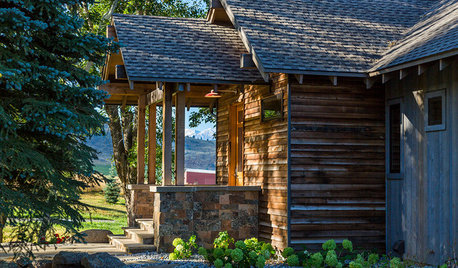
RUSTIC STYLEHouzz Tour: A Fly Fisher’s Dream Along the Yellowstone River
This new home combines local ranch style with contemporary elements, including energy efficiency
Full Story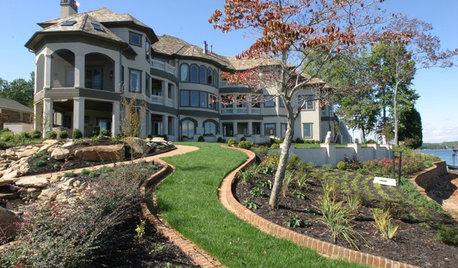
GARDENING AND LANDSCAPINGGarden Edging: Clean Lines for Your Landscape
Brick, Metal, Wood or Concrete Edging Helps Keep Your Garden In Shape
Full Story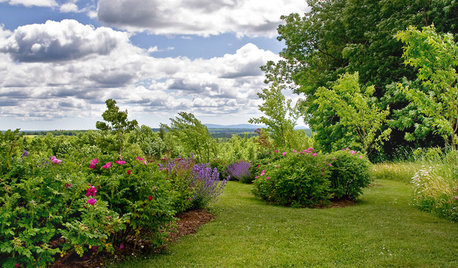
LANDSCAPE DESIGNYour Mini Guide to Great Garden Edges
Get the scoop on trenches to the skinny on bender board, to help keep your garden beds as tidy as you like
Full Story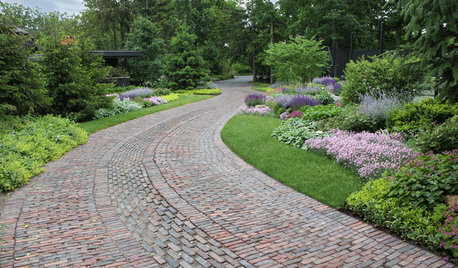
LANDSCAPE DESIGN6 Driveway Looks Take Landscapes Along for the Ride
See how to design a front yard that makes your driveway its own destination
Full Story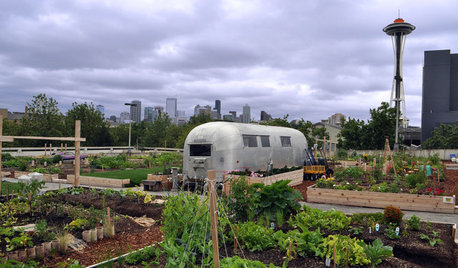
URBAN GARDENSCommunity Thrives Along With a Garage-Top Garden
Seattle neighbors join forces to create a large-scale community garden atop an old parking structure
Full Story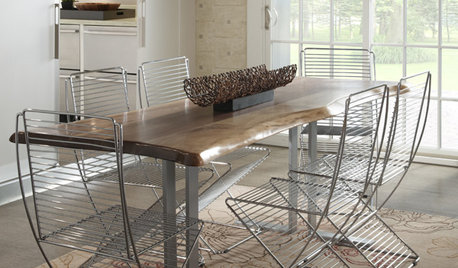
REMODELING GUIDESLoving Wood's Live Edge
8 ways to use more of a tree's natural beauty in design
Full Story
GARDENING GUIDESGreat Design Plant: Anemone Canadensis Adds Pizzazz to Water’s Edges
Plant Canadian anemone along pond, lake or stream edges for a splash of white flowers in late spring
Full Story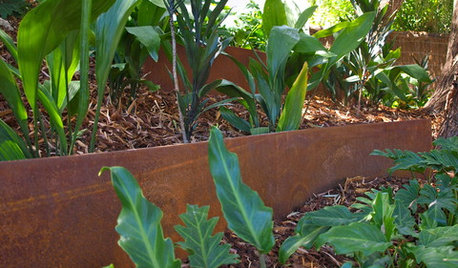
LANDSCAPE DESIGNGet an Edge: The Best Border Material for Your Garden
Do you want garden edging made of stone, concrete, metal or wood? Here are things to consider when choosing
Full Story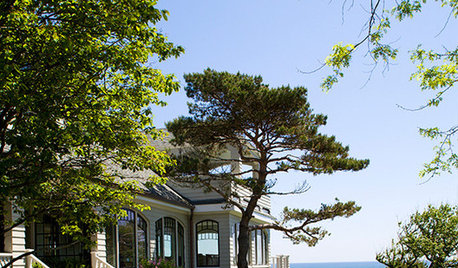
HOUZZ TOURSHouzz Tour: Seaside Shingle Style Gets Modern Edge
Scandinavian design gives a traditional home in Massachusetts fresh energy and flexible space for visiting family
Full StoryMore Discussions






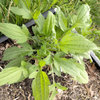
lindac
diggerdee zone 6 CTOriginal Author
Related Professionals
Mitchellville Landscape Architects & Landscape Designers · San Juan Landscape Architects & Landscape Designers · Brookside Landscape Contractors · Cockeysville Landscape Contractors · Hawaii Landscape Contractors · Kailua Landscape Contractors · New Providence Landscape Contractors · Pahrump Landscape Contractors · Pomona Landscape Contractors · San Rafael Landscape Contractors · South Lake Tahoe Landscape Contractors · South Lyon Landscape Contractors · St. Louis Landscape Contractors · Winchester Landscape Contractors · Four Corners Landscape Contractorscovella
duluthinbloomz4
Judy_B_ON
tiffy_z5_6_can
WendyB 5A/MA
diggerdee zone 6 CTOriginal Author
covella
eigdeh
estreya
diggerdee zone 6 CTOriginal Author
WendyB 5A/MA
covella
ego45
diggerdee zone 6 CTOriginal Author
covella
diggerdee zone 6 CTOriginal Author
inlimbo